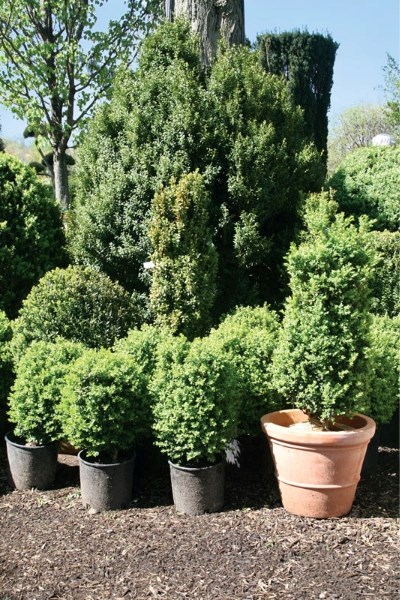People have firm beliefs on what's better for the holidays: a natural tree from the nearby tree farm or an artificial tree purchased at the store. Proponents for both sides have their share of opinions regarding which is more environmentally friendly or fiscally responsible. Christmas celebrants who want to veer away from the argument completely can select a live tree (with roots intact) for their tree of choice this year.
Christmas trees that can be planted afterward are being found at lawn and garden retailers or from the very same tree farms from which trees can be hewn. Chances are the tree is already packaged in a large pot, to make transport a little easier. A homeowner who is considering a live tree will have to decide where the tree will be planted afterward and plan for that location as soon as possible. That's because it can be particularly difficult to dig a large hole in which to plant a tree when the ground is thoroughly frozen. Laying the groundwork for the hole in advance will make post-Christmas planting possible.
Tree experts say that a live tree should not exceed five feet in height. Larger, more mature trees can have difficulty acclimating to transplanting and may go into shock. Try to keep the tree outdoors as much as possible and only have it indoors to decorate for a maximum of two weeks, otherwise the warm, indoor temperatures may mimic spring and bring the tree out of dormancy. When getting ready to transplant the tree outside, transition it back to the cold by keeping it in the garage for a few days before moving outside.
– Metro Creative Services




